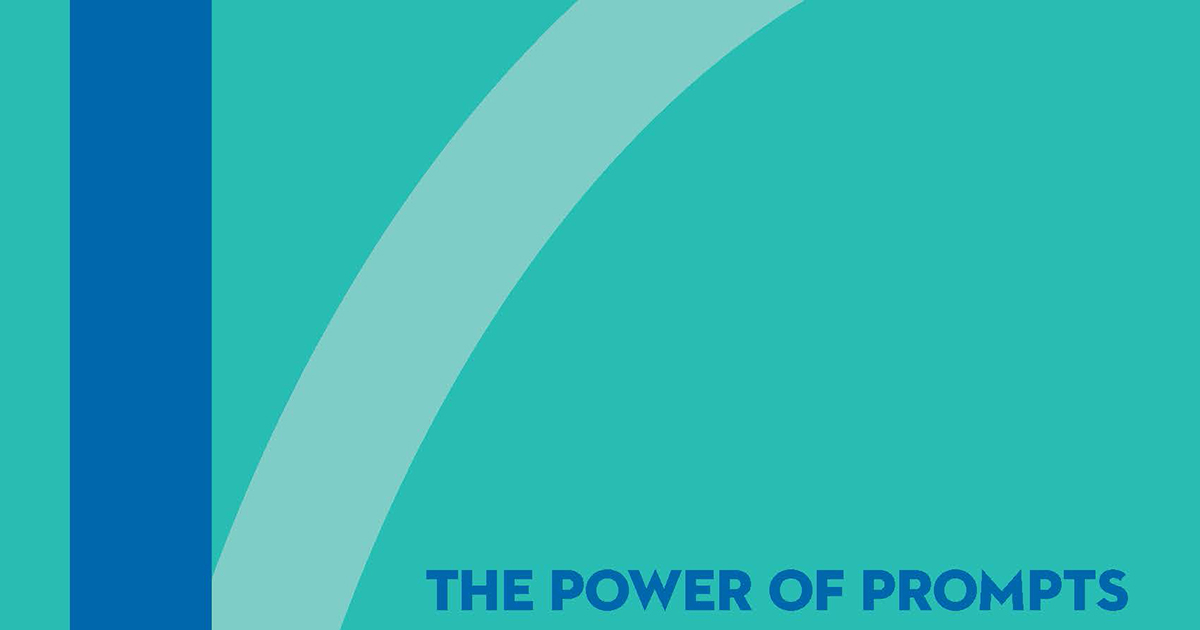The Power of Prompts
Using Behavioral Insights to Encourage People to Participate

This report presents findings from two behavioral interventions designed to increase the number of participants who attended an informational meeting about a program they enrolled in called the Paycheck Plus Demonstration. The tests are part of the Behavioral Interventions to Advance Self-Sufficiency (BIAS) project, which is the first major opportunity to use a behavioral economics lens to examine programs that serve poor and vulnerable people in the United States.
The first round of experimentation lasted one month. The meetings were offered in person at several locations throughout New York City. The BIAS team designed two kinds of postcards to invite participants to attend these meetings — one that incorporated concepts from behavioral economics (the “behavioral” version), and one that did not (the “standard” version). Half of the sample was sent behavioral postcards and the other half was sent standard postcards. In addition, half of the people within each of these groups were also sent four text message reminders. The messages within the texts were either behavioral or standard, depending on the type of postcards the participant were sent. The study found that:
- Behavioral messaging led to a statistically significant increase of 7 percentage points (or 38 percent) in meeting attendance, compared with standard messaging.
- Sending text messages with postcards produced a statistically significant impact of 5 percentage points (or 26 percent), compared with sending only postcards.
- The highest intensity outreach (behavioral postcards together with behavioral texts) improved meeting attendance by 12 percentage points (or 73 percent), when compared with the lightest-touch approach (only standard postcards).
Behavioral messaging led to a significant and quite large increase in the percentage of participants who attended the meeting. However, the overall number of participants who responded to any outreach effort was still lower than the program operators desired. In an attempt to build on the initial response, a second round of outreach was launched immediately. Participants who did not attend a meeting during Round 1 were randomly assigned to attend either a meeting by phone or a meeting in person. All participants in Round 2 received communications that were designed using behavioral concepts. The study found that:
- Participants in the phone group responded to the marketing materials more quickly than those in the in-person group, but this effect diminished as the deadline approached.
- In the end, there was no statistically significant difference in response rates between the phone and in-person research groups.
These behavioral experiments reinforce previous findings about the power of behavioral techniques to help people to follow through on an action. At the same time, they demonstrate the challenge of engaging a low-income, urban population in a supplemental informational meeting, even when offered by phone.







